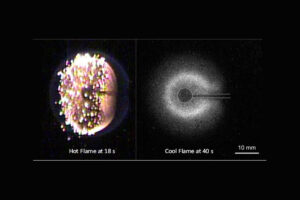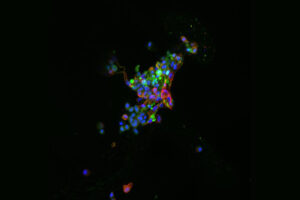Brazilian immunologist José Luís Fachi will join the laboratory of Marco Colonna, MD, the Robert Rock Belliveau, MD, Professor of Pathology at the School of Medicine, as a Pew Latin American Fellow in Biomedical Sciences. Fachi plans to study how metabolites produced by healthy gut bacteria promote intestinal immunity.










